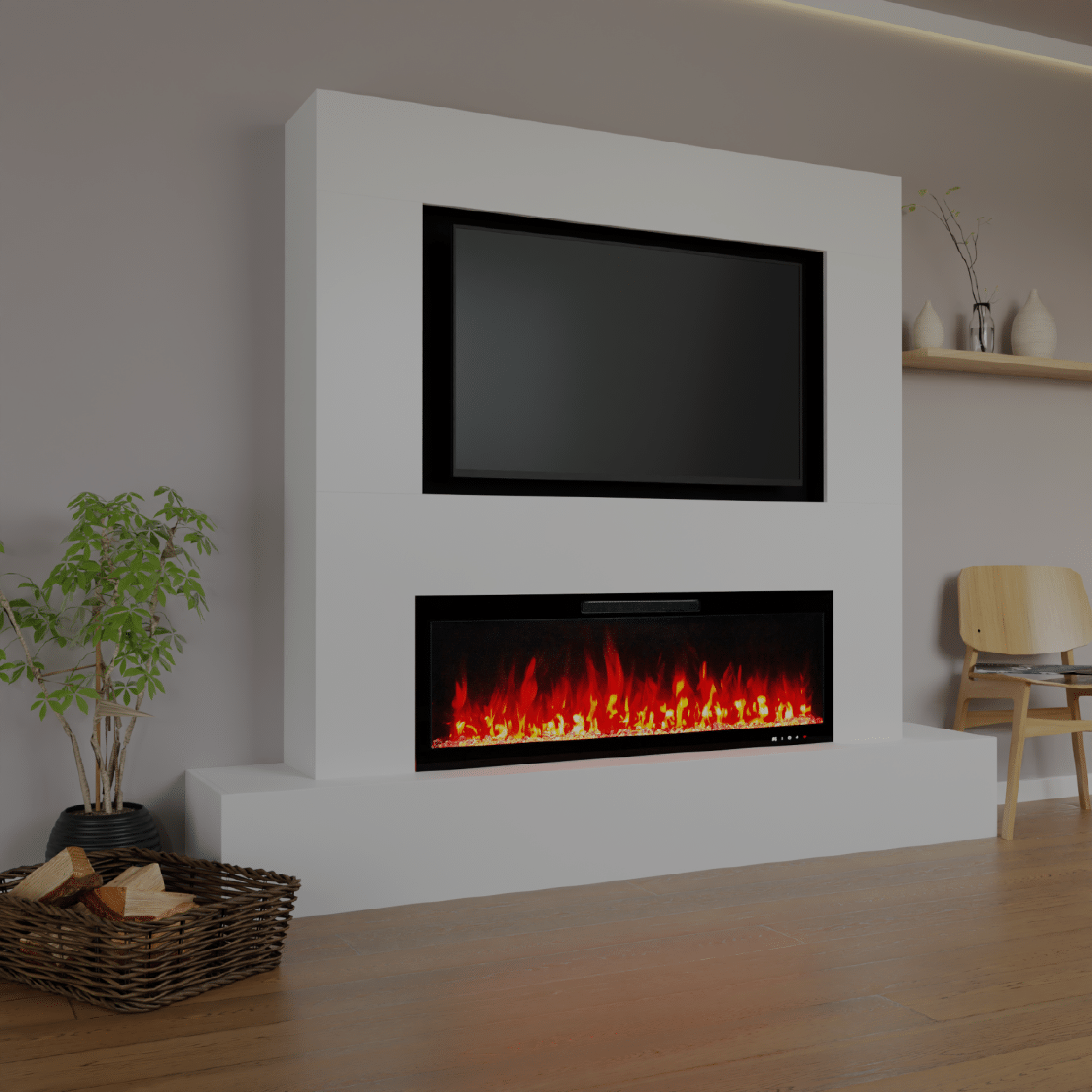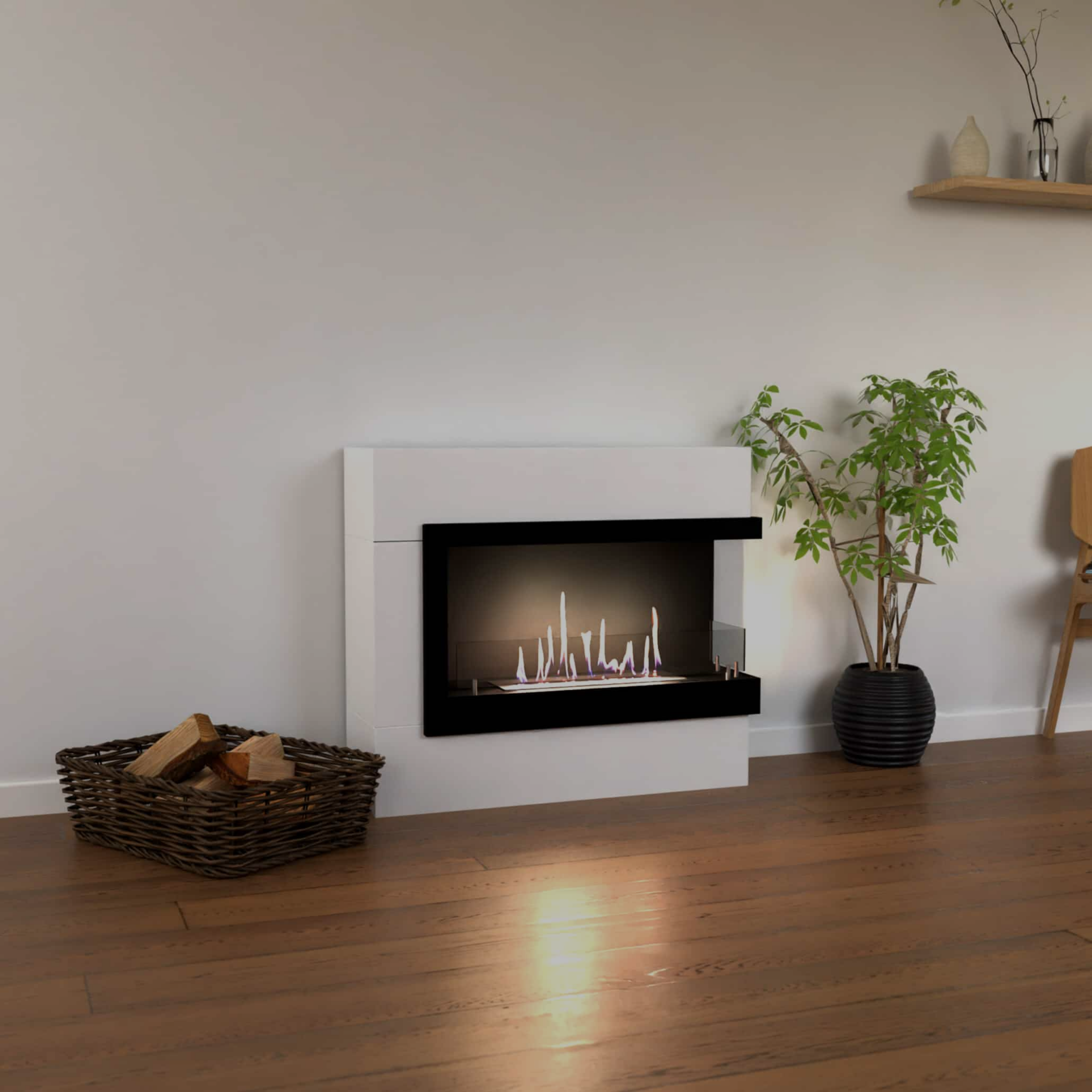Introduction: What is calorific value?
The calorific value is an important indicator that indicates how much energy is released when a particular fuel is burned. This figure is particularly relevant when it comes to choosing the right fireplace, as the calorific value directly influences the efficiency and thus the cost-effectiveness of heating. Especially in times of rising energy prices and growing environmental awareness, choosing a fuel with a high calorific value is crucial.
Why is the calorific value important?
The calorific value determines how much heat a fuel releases during combustion. A higher calorific value means more energy is released per kilogram or liter of fuel, resulting in more efficient heating. This means less fuel consumption, which not only lowers heating costs but also reduces the ecological footprint. Furthermore, a high calorific value ensures consistent and long-lasting heat, increasing comfort in the living space.
Calorific value of different fuels
Different fuels offer different calorific values, which influences their suitability for certain types of fireplaces:
- Wood: The calorific value of wood depends heavily on the wood species and moisture content. Dry hardwoods such as beech or oak offer a high calorific value and are ideal for long-lasting, consistent heat.
- Pellets: Wood pellets have a very consistent and high calorific value. Their standardized size and low moisture content make them particularly efficient and environmentally friendly.
- Ethanol: Ethanol used in special ethanol fireplaces has a medium calorific value. It burns cleanly, without smoke or soot, and is ideal for use in decorative fireplaces that have no heating function but are used primarily for ambiance.
Calorific value of ethanol and its use in ethanol fireplaces
Ethanol is a liquid fuel used in ethanol fireplaces. While its calorific value is lower than that of wood or pellets, ethanol burns with virtually no residue and no smoke. This makes ethanol fireplaces particularly attractive for urban homes or areas where clean combustion without a chimney connection is desired. The heat generated is sufficient for smaller rooms or as a supplementary heat source, with the focus often being on the visual experience.
How does the calorific value influence the choice of fireplace?
The calorific value of your chosen fuel should play a key role in your fireplace selection. A fireplace designed to operate with low-calorific fuels can vary greatly in efficiency depending on how well the fuel retains and releases heat. For ethanol fireplaces, the calorific value is particularly important, as these fireplaces are often used indoors without additional ventilation. The clean combustion and medium calorific value of ethanol make it an ideal choice for decorative purposes where a true flame effect is desired but less heat output is required.
Conclusion
Calorific value is a crucial factor when choosing the right fuel and fireplace. While wood and pellets offer high heat output and are ideal for primary heating sources, ethanol is an excellent alternative for decorative fireplaces that don't require a chimney and provide clean, smoke-free heat. Regardless of your choice of fuel, you should always consider the calorific value to ensure efficient and comfortable heating.















